Today, the water crisis is one of the leading causes of worry in the environment sector. Funds are diverted towards the issue, research on it is encouraged, and yet, we still seem to be caught in the tight grip of water scarcity. Where have we gone wrong?
In her work as a Fellow with the Ashoka Trust for Research in Ecology and the Environment (ATREE), Bengaluru, Dr. Veena Srinivasan (VS) has been attempting to understand the diverse factors that impact water availability in the Cauvery delta in Tamil Nadu, Cauvery River Basin in Peninsular India, and lakes in Bengaluru. She has also won several awards, including the 2015 Jim Dooge Award for best paper in the journal Hydrology and Earth System Science, and the 2012 Water Resources Research Editor’s Choice Award from the American Geophysical Union.
A staunch believer in the multidisciplinary approach, she is currently looking at the anthropogenic and climatic factors that impact water. While in dialogue with The Bastion’s Vaishnavi Rathore (VR), the conversation pleasantly flowed from technicalities like water pricing and citizen dashboards, to people’s memories and perceptions of water sources–all of which find equal space in Dr. Sreenivasan’s work.
VR: What do conversations on climate change with local communities look like? Generally speaking, how do you simplify the terms used in your work so that all stakeholders involved can understand climate change better?
VS: In rural areas, when a farmer sees a drying stream, they usually remember that it wasn’t dry during their childhood. But, they are often unable to identify that it’s drying up because of climate change, or because of over-extraction of groundwater. So, I don’t talk to people directly about climate change. I instead ask farmers about other things—do you think crops are drying faster, or growing seasons have shortened?
But then, another challenge comes up. In dry areas, farmers will say it has gotten drier, and in flooded regions, they will say flooding has increased. Generally, I do not take their experience at face value. For me, to make a claim, it is important that the farmer’s experience also coincides with the rain gauge system [a device that collects and measures the amount of rain which falls]. If the farmer and the rain gauge both say different things, who do you believe? It’s a bit complicated. So, we tend to be very careful in how we interpret the answers, and the kinds of questions we ask.
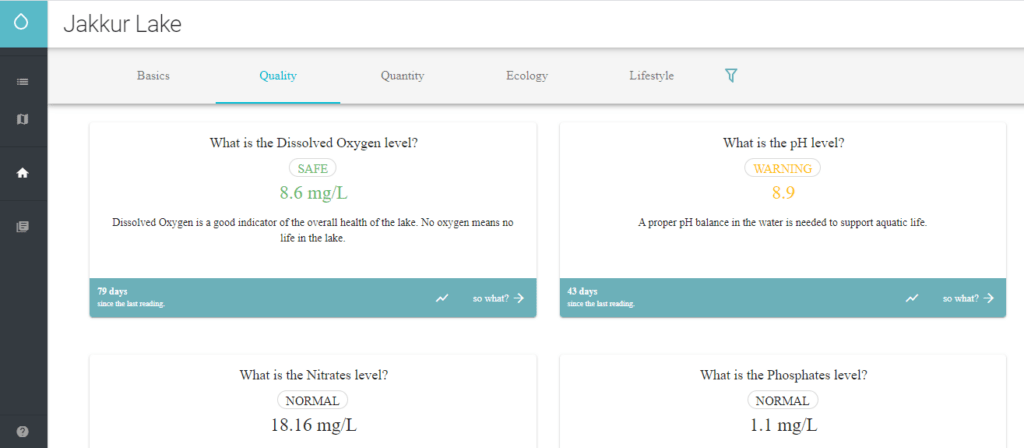
In urban areas, through the work on Bengaluru’s lakes and their role in water security, we have created a citizen dashboard where we use different forms of science communication. This helps us communicate more about what the implications of water security are, rather than just presenting this data to local residents.
VR: Is it challenging to attribute a particular observed change to climate change while researching?
VS: Absolutely. Take rainfall, for instance, which is something driven by the climate. But the run-off, or the streamflow, is driven by many other things. There could be a big dam upstream that will impact the flow; or, if you extract more groundwater, the stream will dry up. Because of this natural variability, it’s hard to say that this particular storm or drought is solely caused by climate change.
Many people have likened this variability to loading a dice [tampering a dice so that it falls more often on a particular side than others]. A regular dice would give you the equal probability of landing any of the numbers, but with a loaded dice, while you may get a 2, or a 4, or a 5, it is more likely that you will land a 2. Climate change is like that, in the sense that there’s a higher probability of extreme weather conditions more often, but there will also be normal conditions interspersed too. But at the same time, you can’t definitely say this storm is because of climate change.
VR: You have worked in both rural and urban areas. In your experience, how similar or dissimilar is the relationship between women and water resources?
VS: A woman who has to collect water from a tank or a well is going to understand and know the resource more intimately. But in urban areas, most of the time, the closest water source is just there for aesthetic purposes. For instance, in Bengaluru, if you get piped Cauvery water delivered to your house, it’s coming from over 100km away, not from the lake next to the house. So, there is no association between the resource in your neighbourhood with the water in your pipe.
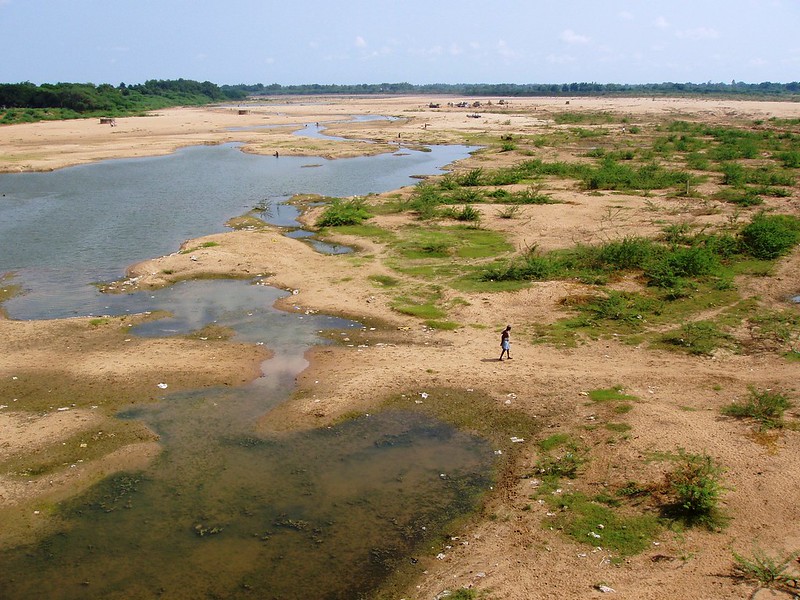
In Karnataka, many villages that we travel to for work have traditional common tanks. But often people living closeby do not know that a tank exists, simply because it’s been dry for so many years! Instead of from the tank, they get all their agricultural water from borewells. So that relationship with the tank as something that gives you water is not necessarily there now.
So in any circumstance—rural or urban—wherever people can perceive a dependence on the resource, whether it’s for livelihood or drinking, that’s when the relationship is stronger. But when you break that relationship, even in the villages, the relationship changes.
VR: Do you also observe differences in perceptions of groundwater and surface water [surface water is any body of water available at a surface-level, like streams, ponds, rivers]? I ask because how people perceive water sources defines how they will act to conserve them (or not).
VS: Yes, there is. Borewell, or groundwater in general, is something that is seen as a private resource, something that a person has personally invested in. That is not to say that they don’t understand that all their wells are ultimately connected; they do. But still, their relationship with groundwater is a very private one.
Now when it comes to surface water like tanks, people understand them to be public resources. Even today, you see collective action around tanks. Borewells are a personal thing, and therefore people don’t see them as something to be protected or conserved for the sake of the community. But, if a tank has water, the community will develop some rules around its use—like in which seasons water can be drawn and for what purposes, and when Panchayats will engage in desilting the tanks.
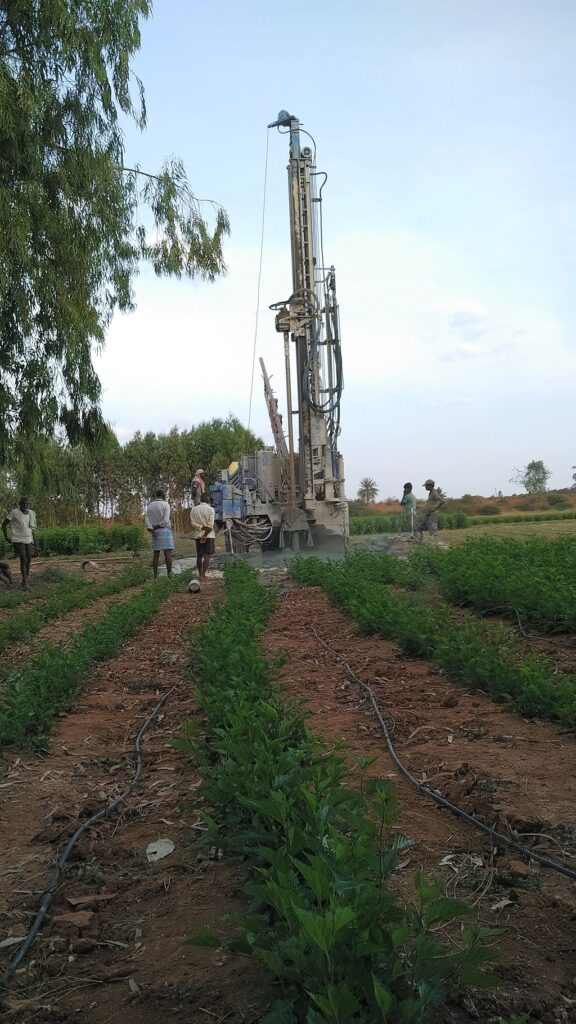
In our work in the upper Arkavathy basin, we found something very interesting. We interviewed the village’s ‘watermen’ [traditionally a hereditary profession, but now undertaken by a PWD employee or a panchayat employee]. Earlier, all the tanks in this region were irrigation structures; the watermen would open the sluices during the rabi season. The water would then collect during the monsoon, after which it would be used to water crops grown the next season. Now as tanks have dried up, which our research shows happened due to groundwater over-extraction, the tanks themselves were not used as surface water structures. When this happened, the memory of the tank as something that provided surface water also disappeared. So while watermen still exist, the last time they opened a water tank in this region was in the late 90s. Since they don’t operate the sluices, they don’t get paid by the farmers anymore. Today, if you go to the village and ask for the local waterman, they point you towards the person who operates the pump.
So, that memory of water as a collective resource that was publicly shared, that had rules and institutions around it, has almost disappeared over the last 30 years.
VR: Broadly speaking, when it comes to managing the water crisis in India, where do you think we have gone wrong?
VS: Let’s talk about urban areas first. In urban areas, we have not invested as a country in any form of conservation signalling. We don’t have metering or volumetric pricing [paying for how much you consume], even in cities like Chennai, that had a terrible water experience last year. [In Summer 2019, Chennai declared “Day Zero” to signify that very little or almost no water is left in the city.]
The amount of water that gets wasted in toilet leaks, or during gardening—this is the kind of water-saving that needs to be done, where if you stop that particular exercise, it won’t be an inconvenience to anyone. There are many such relatively painless cuts that we have not created or incentivised. Secondly, in urban areas, we can definitely be managing wastewater better. If we were to even take just the kitchen greywater and use better washing soap, we can use it to flush or even garden. These choices can be made not only by individuals, but also by the government by focusing on low hanging fruits.
#India should move away from large #irrigation projects & #groundwater withdrawal to #water harvesting, smart water pricing, enhanced public-private partnership, #basin based integrated #River water management & water use efficiency.@Indian_Rivers @IndianExpress @ClimateAdapt pic.twitter.com/wUCV0wnicW
— mohammad azaz (@mohamma64508589) July 8, 2018
On the rural side, it’s more complicated. Farmers are using water for their livelihoods, they are not using it to take long baths or for amusement parks with swimming pools. There is less space to heavily cut back. In the past, in response to the lack of water in rural areas, we have answered this question by making water available through mega-dam projects. These projects dam rivers. They collect the water from an entire watershed and supply the water to the canal command area. This canal command area in the country is barely 15-20% of the cropland. Here, farmers end up growing really water-intensive crops like sugarcane and paddy.
Yet, for the remaining 80% of the cropping land, the government has incentivised the use of groundwater. Some fraction of that 80% started extracting groundwater.
Now, think of this situation—we have largely exhausted all the places we could have installed a dam cheaply, we have also overexploited groundwater, and still, almost half of our farmers are still rain-dependent!
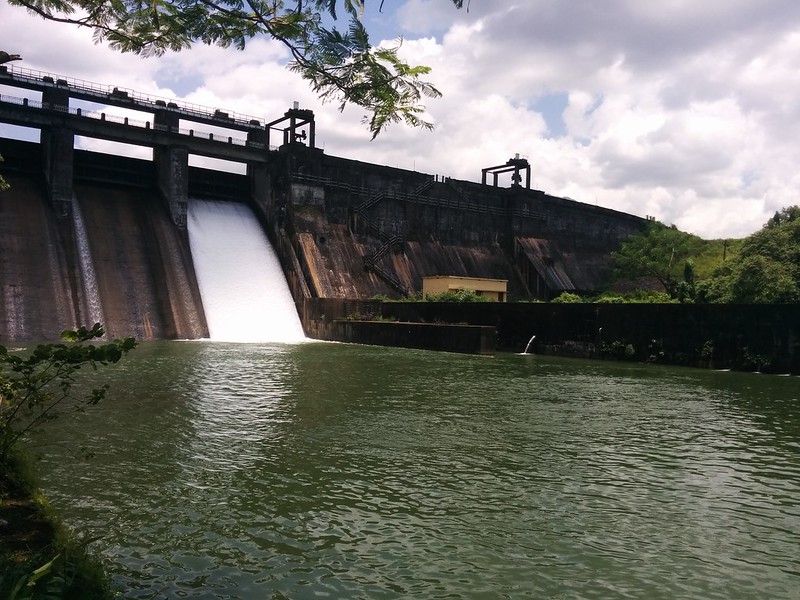
One of my students who was working in Maharashtra pointed my attention towards another frivolous activity there. The government first built a dam downstream, supplying water to the command area below the dam. Then, they built a dam upstream of the same river, basically using the same water that used to flow to the dam below. In all this, what did they achieve? They spent a ton of money and gave water to farmers upstream, but now the farmers downstream have lost all their water. At this point, it seems that we are just giving water from one person to another; we are just moving the water around.
Changing this situation is neither impossible, difficult, or expensive to do, but it requires a drastically different way of thinking. It requires thinking about water beyond mega projects.
VR: How is it being a woman academic working in the water sector?
VS: [laughs lightly] I believe I have what I call the triple whammy: I am a woman, working for a non-profit research institute, and I do interdisciplinary work because mainstream institutions do not allow you to do this kind of work. For me, it’s impossible to do serious work in the water sector without being interdisciplinary. If you can’t understand what farmers need and the purpose of resource management, then you can’t do good science or solve these problems. These are ultimately social problems, and not just scientific or engineering ones.
But I feel like the gender aspect amongst the other two, makes it easier for people to dismiss one. It becomes one more excuse for people to use when they disagree—to say that she does “soft” stuff. In the triple whammy, all three aspects of my identity intersect quite a bit. It’s not always easy for me to figure out which one impacts my experience more than the other, but I do feel that gender plays a role.
Featured image courtesy of Veena Sreenivasan. | Views expressed are personal.


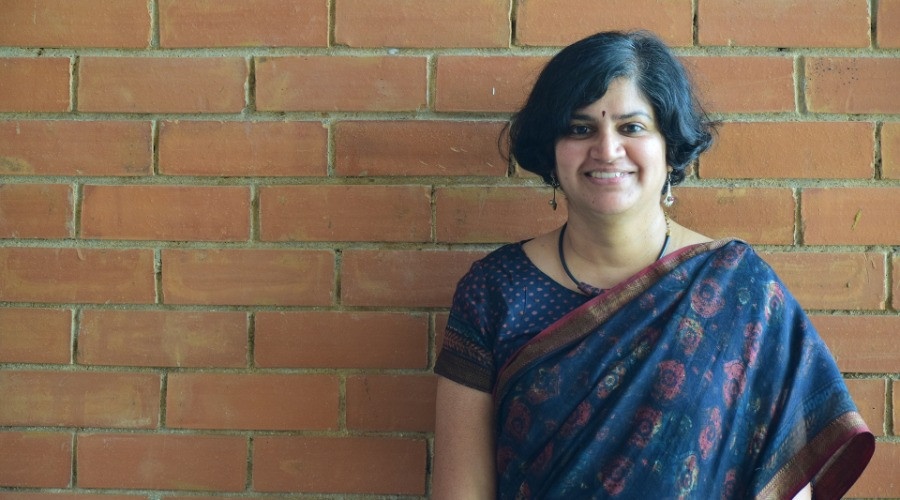




Thanks for sharing the blog.